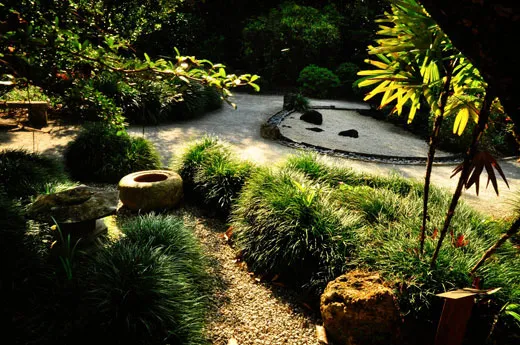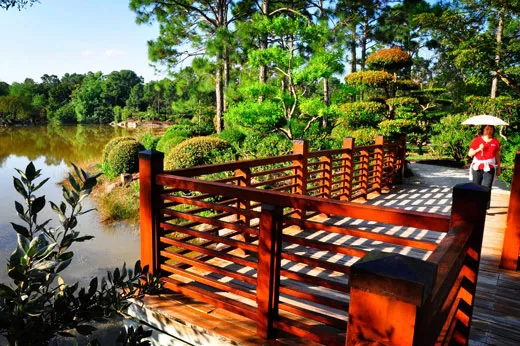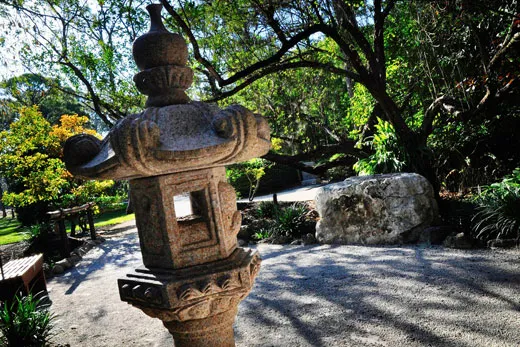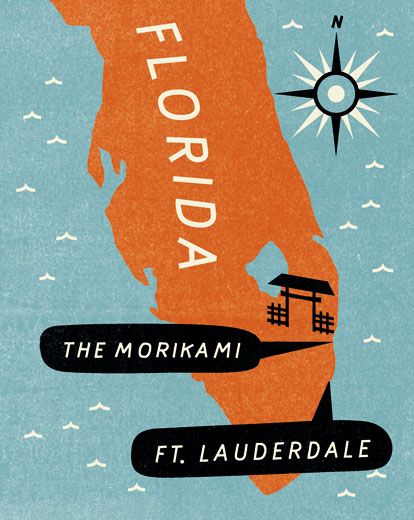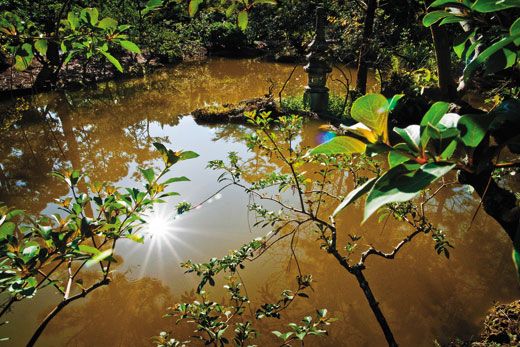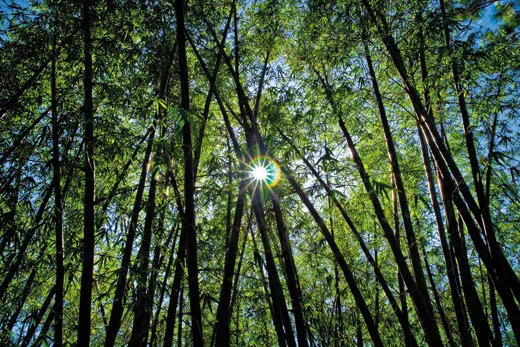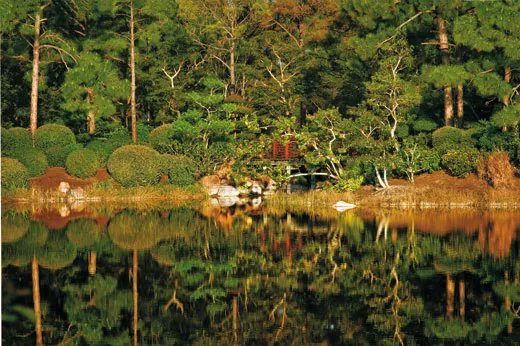Florida’s Lush Japanese Gardens
A thousand years of Japanese landscape designs unfold at the Morikami Museum in Delray Beach
Thomas Swick
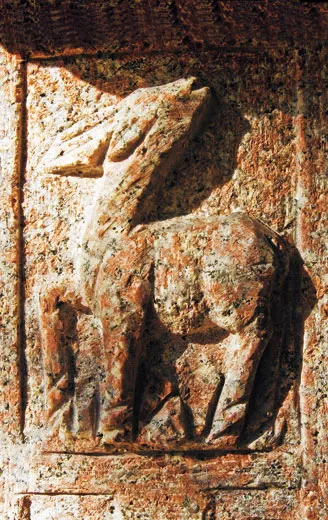
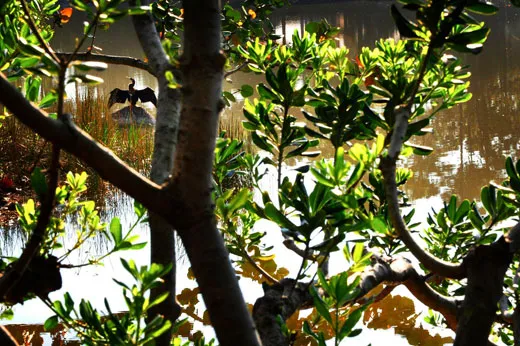
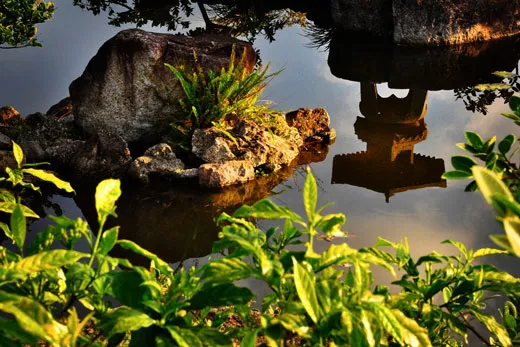
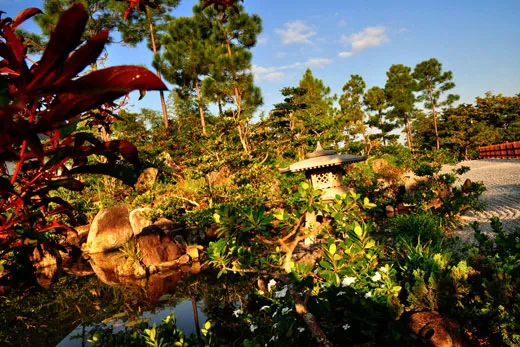
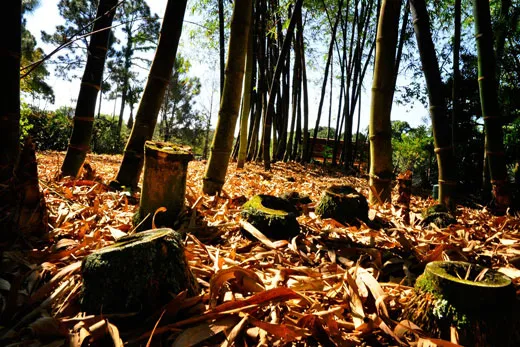
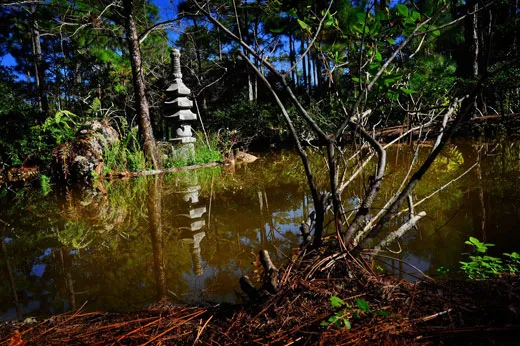
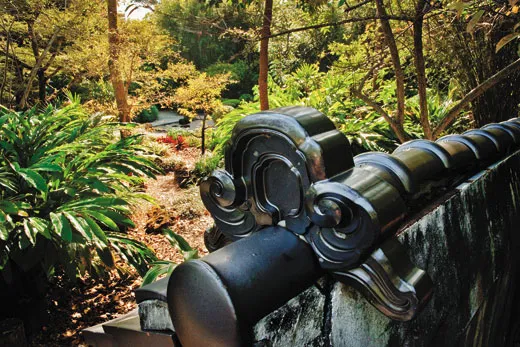
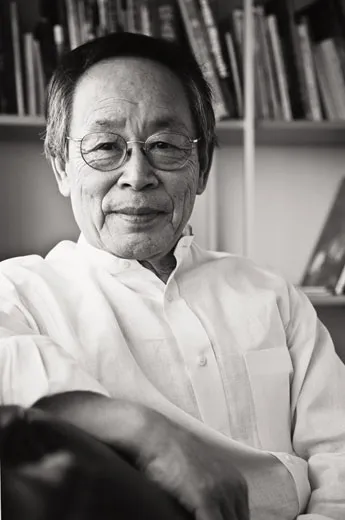
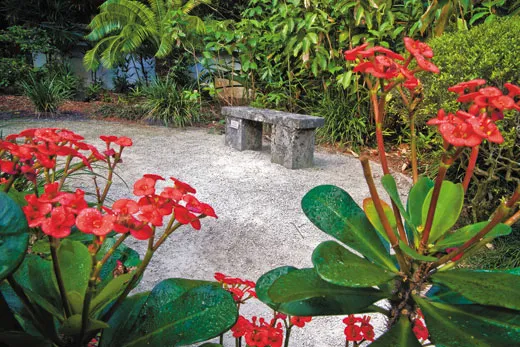
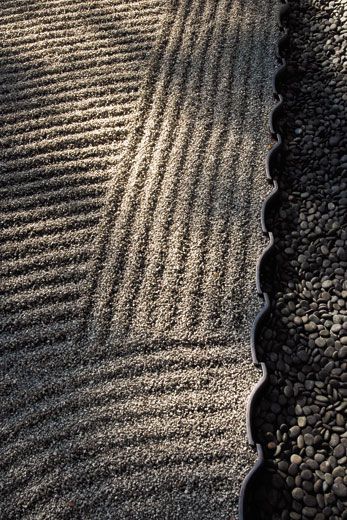
The Morikami Museum and Japanese Gardens in Delray Beach, Florida, devoted to the showcasing of Japanese arts and culture, constitutes an oasis of tranquillity in the midst of suburban sprawl. Established in 1977, the museum—bearing the name of the Japanese-American benefactor who donated land for its site shortly before his death in 1976—features one of North America’s premier Japanese gardens.
Landscape architect Hoichi Kurisu was born in Hiroshima, educated in Tokyo and today is based in Portland, Oregon. He labored for nearly two years on his creation, completed in 2001. Kurisu established a series of six separate yet linked gardens spanning 1,000 years of horticultural tradition in Japan, from the 9th to the 20th centuries. His goal, he says, was not simply to “replicate several distinct Japanese period gardens,” but to draw “from the essence of these famous individual gardens to create one garden.”
Thomas Swick trekked Japan’s Kiso Road for Smithsonian in 2010. Eduardo Rubiano Moncada lives in New Smyrna Beach, Florida.
Get the latest Travel & Culture stories in your inbox.
